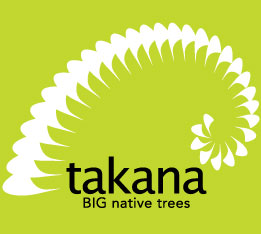Maintain forest conditions and avoid clear felling
Clear felling of large areas of the forest will modify the forest floor to an unacceptable extent unless the species being regenerated requires reasonably high light levels.
Continuous cover forestry processes must maintain the vertical structure of the forest. Beech forest may have only two or three strata but most New Zealand indigenous forests have four fairly clearly defined layers – dominant, sub-dominant, shrub and ground. Because the plants in each one are important parts of the eco-system their individual integrity is vital to the ecological integrity of the forest.
Management of the growing stock
Forest improvement is concentrated upon the development of individual trees rather than stands or compartments of trees. The objective is to select for retention rather than removal and to concentrate growth of the best quality wood on the best stems. This means that yield control is based on regeneration and increment rather than age, stand volume and area.
Tree removal in the harvest process is normally undertaken by thinning (or sometimes clear felling of small parts of the forest), with competing trees being removed from around the selected frame trees. Frame trees will normally remain until they reach a predetermined diameter. When the time comes for their removal a nearby “subdominant” is selected to take their place as a frame. A good CCF forest will have 40 to 80 frame trees per ha selected for their form, vigour, stability, & timber value.



